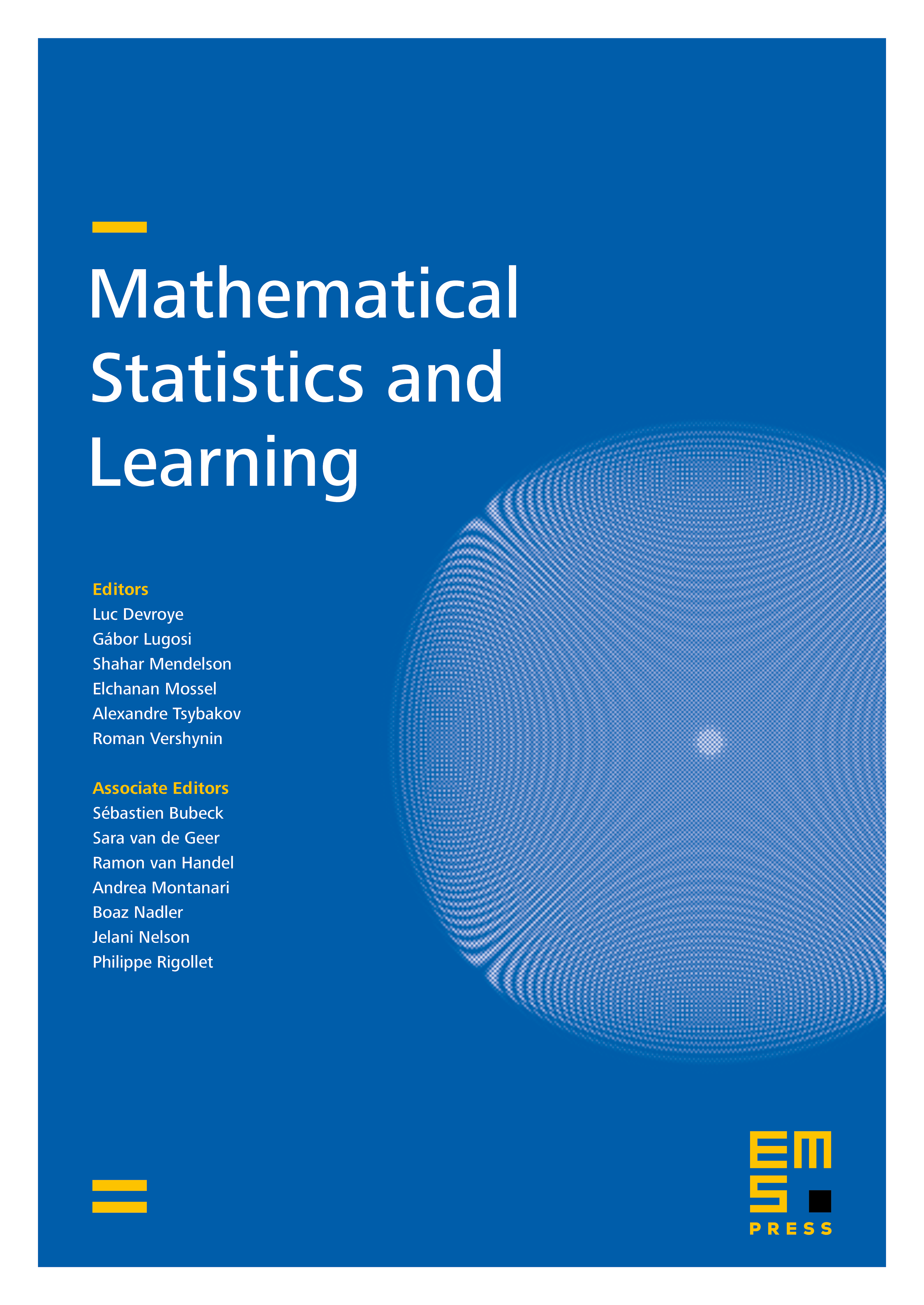Second-order converses via reverse hypercontractivity
Jingbo Liu
Massachusetts Institute of Technology, Cambridge, USARamon van Handel
Princeton University, USASergio Verdú

Abstract
A strong converse shows that no procedure can beat the asymptotic (as blocklength ) fundamental limit of a given information-theoretic problem for any fixed error probability. A second-order converse strengthens this conclusion by showing that the asymptotic fundamental limit cannot be exceeded by more than . While strong converses are achieved in a broad range of information-theoretic problems by virtue of the “blowing-up method” – a powerful methodology due to Ahlswede, Gács and Körner (1976) based on concentration of measure – this method is fundamentally unable to attain second-order converses and is restricted to finite-alphabet settings. Capitalizing on reverse hypercontractivity of Markov semigroups and functional inequalities, this paper develops the “smoothing-out” method, an alternative to the blowing-up approach that does not rely on finite alphabets and that leads to second-order converses in a variety of information-theoretic problems that were out of reach of previous methods.
Cite this article
Jingbo Liu, Ramon van Handel, Sergio Verdú, Second-order converses via reverse hypercontractivity. Math. Stat. Learn. 2 (2019), no. 2, pp. 103–163
DOI 10.4171/MSL/13